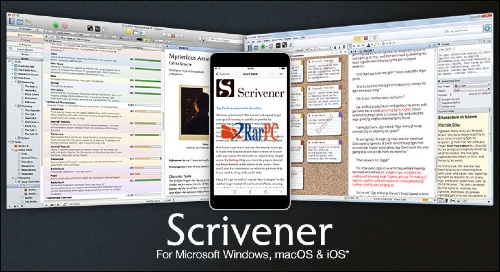

I wanted something more out of this process, if I could get it. Whether that tool is BibDesk or something else is a different matter entirely. Using a citation and reference management tool was a big win, though, and I fully intend to use one for every remaining project while in seminary-and, quite possibly, for other projects as well. bib file on the disk, which I specified per the Pandoc command above.īibDesk gets the job done alright, but only alright. Once I filled in the details for each item and set a citekey for it, I was ready to go: BibDesk just stores the files in a standard. For this project, I used the freely available BibDesk tool, which is a workable (albeit not very pretty and not very capable) manager for BibT EX: BibDesk – open to the library for my Revelation paper 8 Gladly, editing it by hand is not necessary. While there is a lot of utility in having that data available in text, on disk, no one wants to edit that by hand. The BibT EX/ BibL AT EX approach to managing citations in a document is the use of the \cite command, with the use of “keys” which map to specific documents: \cite, One such is BibT EX, and the later (more capable) BibL AT EX: tools for managing bibliographies in L AT EX documents.

Moreover, tools for managing references and citations have existed for quite some time as well the entire L AT EX toolchain is largely driven by the concerns of academic publishing, and as such there are tools in the L AT EX ecosystem which address many of these problems.

People have been doing this, and documenting their approaches, for quite a while. The idea of plain-text solutions to academic writing is not especially new only the application of Markdown to it is-and that, only relatively. It becomes particularly painful when dealing with the “ibid.”-type references, because if I insert a new reference between two existing references, I have to go back in and manually add all that the reference content again myself. For example, what if I needed to flip the order of some of these notes because it became clear that the paragraphs needed to move around? This happens frequently during the editorial process. Things really get complicated in the editing process, though. This seems straightforward enough, though it is a bit of work to get the format right for each different kind of citation (articles, books, ebooks, electronic references to articles…).

: Contra Krycho, ♡5, who has everything _quite_ wrong. : So Chris Krycho, "Not Exactly a Millennium,", July 22, Here is how that might look in manually-written footnotes, citing the very paper in which I sorted this all out: Some text in which I cite an author.
#Scrivener 3 pandoc free
Nearly all academic citations styles make free use of the “ibid.” abbreviation for repeated references to save space, time, and energy.
#Scrivener 3 pandoc manual
Many academic citation styles (including the Chicago Manual of Style, on which our seminary’s style guide is based) tend to have a long version of the footnote appear first, followed by short versions later. Academic writing introduces a few wrinkles, though, which means that this has always been the main pain point of my use of Markdown for writing papers. This poses no problems at all for normal footnotes. I’ve been writing all of my papers in Markdown ever since I got here, and haven’t regretted any part of that… except that managing references and footnotes has been painful at times.įootnotes in Markdown look like this: Here is some text. Much of my past few weeks were taken up with study for and writing and editing a paper for one of my classes at Southeastern.


 0 kommentar(er)
0 kommentar(er)
